Rowing: Amazing Way to Get Stronger and Fitter
Rowing to build strength and endurance

Rowing is an excellent form of exercise. It offers a full body workout, engaging all the major muscle groups and providing a great aerobic and strength building workout. It is low impact, so it is suitable for people of all ages and fitness levels. Not only is it good for your physical health, but it can also be beneficial to your mental health. Read on to see how rowing can help you build strength both physically and mentally.
Top 5 Benefits of Rowing
- An excellent full-body workout that improves endurance, strength, and flexibility.
- A low-impact exercise that’s also helps build strength and endurance
- An effective activity for weight loss.
- A great form of active meditation, allowing you to clear your mind and focus on the movement of the boat and on the beauty of nature.
- A perfect cross-training exercise.
Full Body Workout
Rowing is a low impact activity that uses the entire body in a coordinated way. It uses all of the major muscle groups, including your arms, back, legs, and core. This means that it can improve your strength and muscle tone. And because it is an aerobic activity, It can help improve your cardiovascular health, strengthen your muscles, and burn calories. Regular rowing can help you achieve a healthier lifestyle, both physically and mentally. Being a low impact activity, you can exercise without the risk of injury typically associated with high impact activities. It can help to increase your stamina and endurance, as well as reduce your risk for heart disease.
I find rowing to be a good option when I don’t feel like lifting weights or doing cardio, since it meets somewhere in the middle. I either do a 2000m row or I follow one of Concept2’s rowing WOD to get the day’s workout. I encourage my son to also get in a few minutes of rowing each day to help him prepare for various physical activities and sports, and to instill the value of physical fitness.
Developing Strength and Endurance

Rowing is an excellent option for developing strength and endurance. By utilizing both the upper and lower body, rowing works a variety of muscles and can help to build muscle, improve cardiovascular fitness, and increase flexibility. It targets the back, shoulders, arms, and core muscles, and can be done at a variety of intensities depending on your fitness level. It works the legs as you push to start the drive part of the row. It works the back muscles, shoulders, abs and glutes as you drive the oar to finish the stroke, and the quads, upper back, calves, and hamstrings as you reset and start the next drive part. All these, collectively, make rowing a great full body exercise. You can also vary the intensity and make it more challenging by changing the resistance on the machine or by using a heavier oar.
In addition to building strength, rowing is also effective for developing endurance. Because of its low impact on the joints. it can be done for longer periods of time than other forms of exercise. You can increase the strokes per minute (how many times you pull the rower per minute), increase the resistance on the machine to make it harder each pull (or use a heavier oar on the water) for increased intensity. Also setting a target distance or a targeted number for strokes per minute (in indoor rowers) gives you another option to increase endurance and provide a more challenging rowing experience.
However, as in any physical activity, safety is always a priority, and rowing is no exception. Make sure to use proper form and technique to avoid injury. It is also important to warm up and cool down before and after your workout to help prevent soreness and fatigue. I personally feel my lower back tightening after a rowing workout, and I use foam rollers to ease the tightness. And always make sure that the rowing machine is properly adjusted for your size and strength levels. Its usually the foot rest and resistance levels that needs adjustment to suit you.
The Role of Rowing in Weight Loss and Weight Management
Rowing is an excellent form of exercise for those looking to lose weight. It combines strength training and cardiovascular exercise, providing a comprehensive workout that helps burn calories and build muscle. Given its low-impact, it is an ideal form of exercise for those looking to achieve their weight loss and weight management goals. The American Heart Association recommends at least 150 minutes of moderate aerobic physical activity per week, or 75 minutes of vigorous aerobic physical activity. Rowing can be used to reach these goals. By rowing for an hour, a 150-pound person can burn up to 500 calories. When it comes to weight-loss, rowing is most effective when done regularly and with intensity. High-intensity rowing can burn more calories than jogging or running. During a vigorous rowing workout, the body is forced to use more energy, resulting in a higher calorie expenditure.
The low-impact aspect of rowing makes it an ideal form of exercise for those with joint issues or other physical limitations. Rowing also has the benefit of building lean muscle. By engaging the arms, legs, and core muscles, rowing can help tone and strengthen the body over time. This is important for weight loss because increasing lean muscle mass helps boost metabolism and burn more calories. And rowing can be done both indoors and outdoors, making it an easy form of exercise to integrate into any lifestyle. When done regularly and when combined with a proper diet, it can help burn calories, build lean muscle, and improve overall fitness.
How Rowing Can Improve Mental Health
Mental health is an important aspect of overall health, and physical activity is often recommended as a way to improve mental health. Rowing, as a low-impact, full-body exercise can offer many potential benefits to mental health. The repetitive motion and gentle rhythm of rowing can help to reduce stress, and the meditative quality of the exercise can help to clear your mind and improve your focus. As a cardiovascular activity, rowing increases the heart rate. This helps to reduce stress and tension, and can also increase the production of endorphins, which are the body’s natural feel-good hormones. Endorphins help to reduce feelings of depression and anxiety, and can also boost energy levels and improve sleep quality.
Rowing also offers a sense of achievement. By setting and achieving goals, such as increasing the duration or intensity of a workout, rowers can feel a sense of accomplishment that can help to build confidence and self-esteem. It can also be a great way to escape from daily stresses and distract from negative thoughts. When used in a group activity such as team and marathon rowing sessions, studies have shown that social activities can improve mental health. Joining a rowing club or group can provide a sense of belonging and community, which can help to reduce feelings of loneliness and isolation. Being part of a team can also help to build relationships, which can help to reduce stress and anxiety. Having participated in numerous marathon team rowing events, it has helped me personally by forming good friendships and bonds with people.
Rowing can also offer a sense of mindfulness. The rhythmic movements can help to focus the mind and allow rowers to escape from the worries of the day. By concentrating on the task at hand, rowers can better manage stress and gain a sense of control over their thoughts and emotions. Overall, rowing can be a great way to improve mental health. It can reduce stress and anxiety, increase confidence and self-esteem, and provide a sense of connection and mindfulness. So, if you’re looking for a way to improve your mental health, rowing could be just the thing you need.
Why Rowing Is the Perfect Cross-Training Exercise
I personally can attest to the benefits of cross-training. I have found rowing is one of the most effective forms of cross-training exercises available, offering numerous physical and mental benefits. It is an ideal way to increase overall fitness levels and improve performance in a variety of sports. Rowing is a total body exercise, working the upper body, core, and lower body muscles. It utilizes both the pushing and pulling movements from all major muscle groups, making it incredibly efficient and effective in strengthening and toning the entire body. Rowing also offers an effective cardiovascular workout, as it increases the heart rate and can be performed for extended periods of time. Rowing is a low-impact exercise, meaning it is often recommended for those with joint pain or injuries. I do a rowing WOD (workout of the day) when I had a heavy lifting session the day before, or if I want to change up my workout routine. It is also perfect for those with limited space, as it requires minimal equipment and can be done indoors or outdoors. I have my indoor rower in my garage, which I can use almost year-round (unless it is freezing in the garage in the winter!)
In addition to physical benefits, rowing can also provide mental health benefits. The rhythmic nature of rowing can be calming and meditative, providing a sense of peace and relaxation. It can also help to increase focus and concentration, allowing you to better maintain your performance in other activities. Overall, rowing is a great form of cross-training exercise that can help to improve overall physical and mental health. It is an efficient, low-impact exercise that can be done
Conclusion
Given the various health benefits, rowing has been gaining popularity recently. More people seek nearby lakes and rivers to take their canoes and kayaks, and indoors rowers have seen tremendous sales. So give rowing a try. It is a fun way to get fit!
Hope you found this useful. Check out my other posts as well.
One comment
Leave a ReplyCancel Reply
This site uses Akismet to reduce spam. Learn how your comment data is processed.





[…] routine. Before a rowing workout I try to warm-up my shoulders, legs and back. Rowing is an excellent total body workout, so warming up the main body parts engaged is critical to prevent injuries and get the maximum out […]